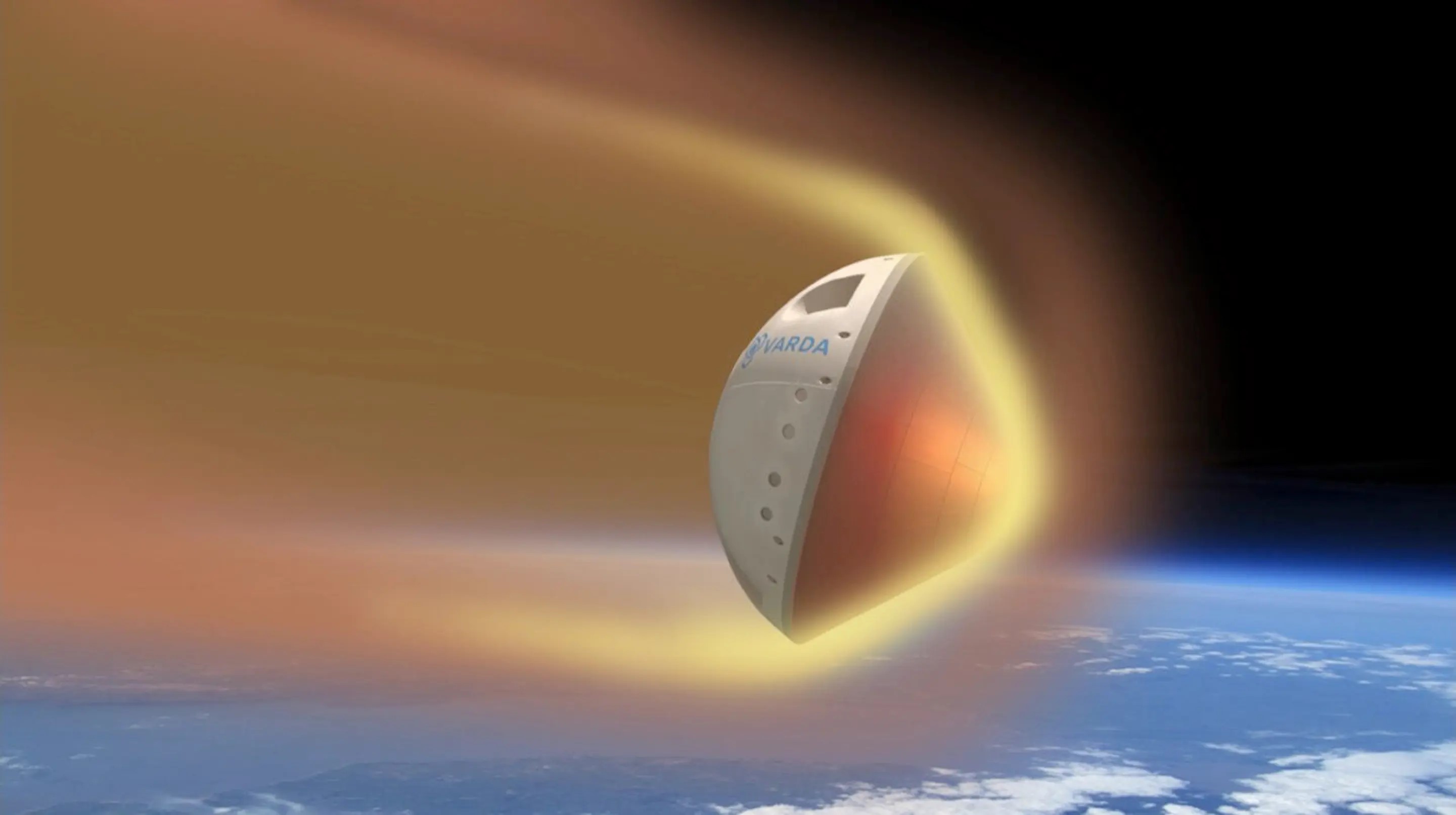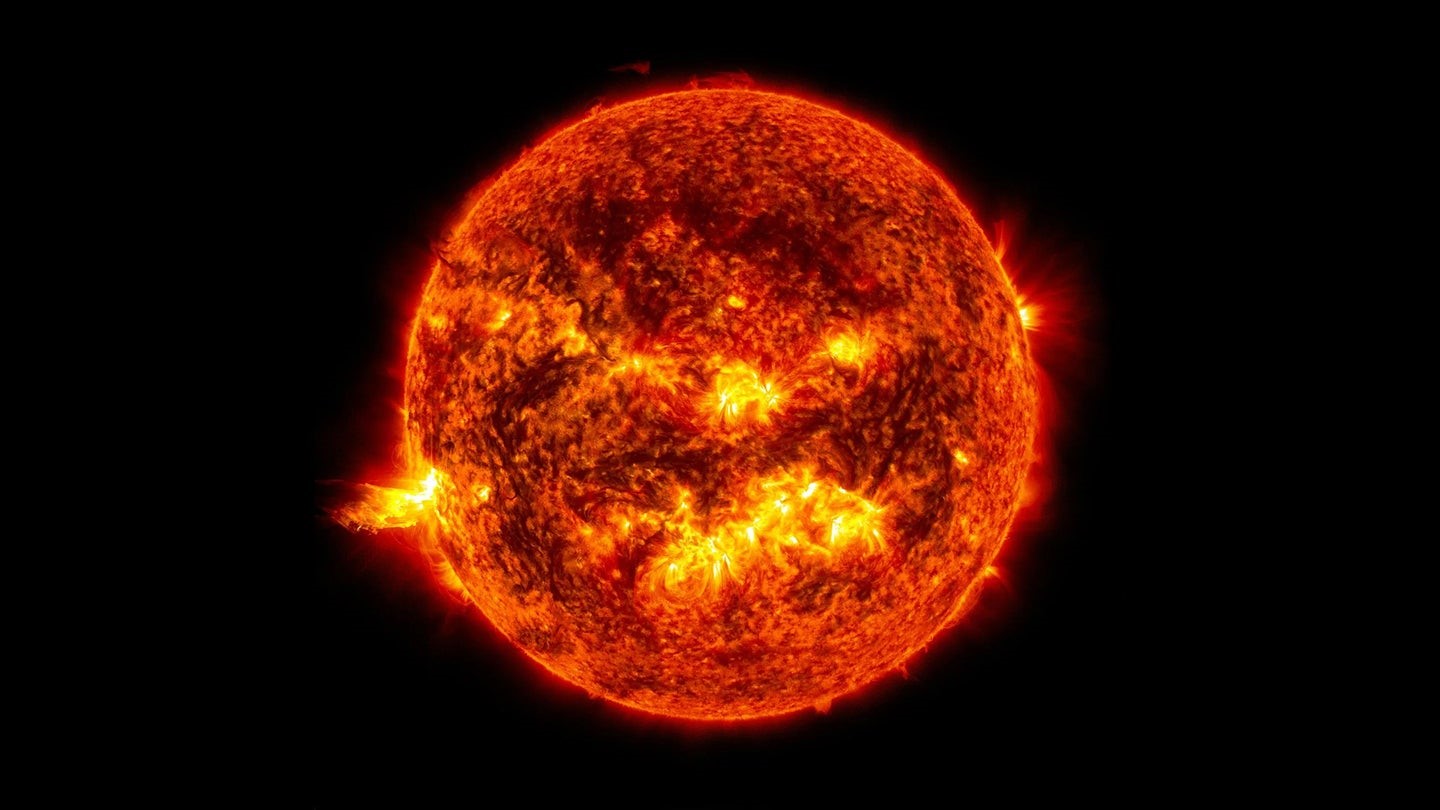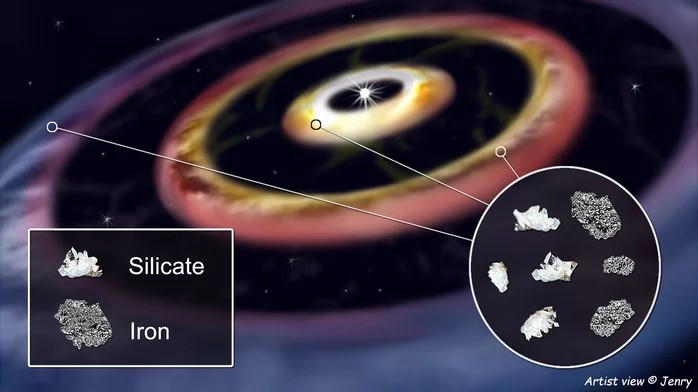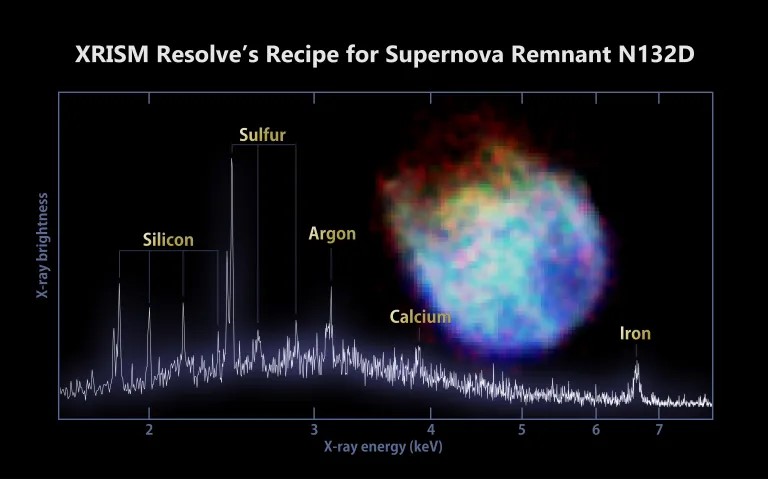3D Nanotech Filters Pave the Way for Clean Drinking Water
Scientists have created a new material that uses sunlight to remove harmful pollutants from water, offering a promising solution for clean drinking water.
Using a blend of soft chemistry gels and electrospinning—a process that applies electrical force to liquids to create fine fibers—researchers engineered thin, fiber-like strips of titanium dioxide (TiO₂), a material commonly used in solar cells, gas sensors, and self-cleaning technologies.
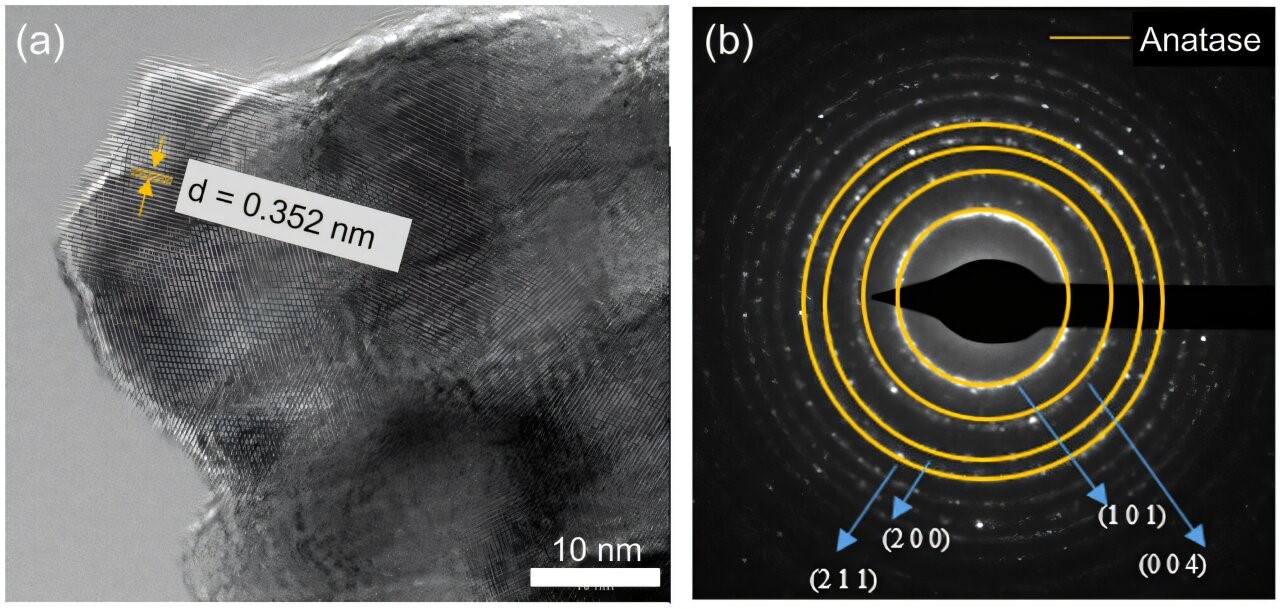
Figure 1. 3D Nanotech Mats Pave the Way for Clean Drinking Water
Although TiO₂-based solar fuel systems offer a promising alternative energy source, they are often limited in power because they can only trigger photocatalysis using non-visible UV light. This results in low efficiency and requires complex filtration systems, posing challenges for widespread implementation. Figure 1 shows 3D Nanotech Mats Pave the Way for Clean Drinking Water.
By adding copper to the material, researchers enhanced its ability to absorb light energy, enabling the new "nanomats" to break down harmful pollutants in both air and water [1]. Pelagia-Iren Gouma, lead author and professor at The Ohio State University, noted that there hasn't been a simple solution—like a blanket that can be laid on water to generate energy—until now. "We are the only ones who have developed these structures and demonstrated their effectiveness," she said.
The study, published in Advanced Science, reveals that when titanium dioxide absorbs light, it generates electrons that oxidize water and break down pollutants. Adding copper enhances this process, significantly improving its effectiveness. Researchers characterized the nanomat's updated properties to understand how it differed from other self-cleaning nanoparticles. Surprisingly, they found that, when exposed to natural sunlight, these nanomats outperform traditional solar cells in power generation, according to Gouma.
“These nanomats can function as power generators or water remediation tools,” said Gouma. “They offer the highest efficiency catalyst reported to date.” These lightweight, removable fiber mats can float on water and are reusable after cleaning. Due to their effectiveness, researchers believe they could be used to eliminate industrial pollutants in water, providing a potential solution for turning contaminated rivers and lakes into sources of clean drinking water, especially in developing countries.
This technology is highly environmentally friendly because it doesn’t produce any toxic byproducts, unlike some solar cell systems. “It’s a safe material, it won’t harm anything, and it’s as clean as it can be,” said Gouma. While the technology is incredibly efficient, its commercial scalability depends on how quickly industries adopt it. “We have the tools to produce them in large quantities and apply them across various industries,” Gouma explained. “The only limitation is the need for someone to leverage these abundant resources.”
The study suggests that nanomats could play a key role in future photocatalytic applications, including environmental cleanup and solar-driven hydrogen production, contributing to long-term sustainability efforts. The team plans to continue optimizing the material [2]. “This material is completely novel in terms of a new form of nanotechnology,” said Gouma. “It's truly impressive and something we are very excited about.” Co-authors from Ohio State include Fateh Mikaeilia and Mohammad Mahafuzur Rahaman, and the study was supported by the National Science Foundation.
References:
- https://phys.org/news/2025-03-3d-nanotech-blankets-path.html
- https://www.labmanager.com/3d-nanotech-blankets-offer-new-path-to-clean-drinking-water-33784
Cite this article:
Janani R (2025), 3D Nanotech Filters Pave the Way for Clean Drinking Water, AnaTechMaz, pp. 166



